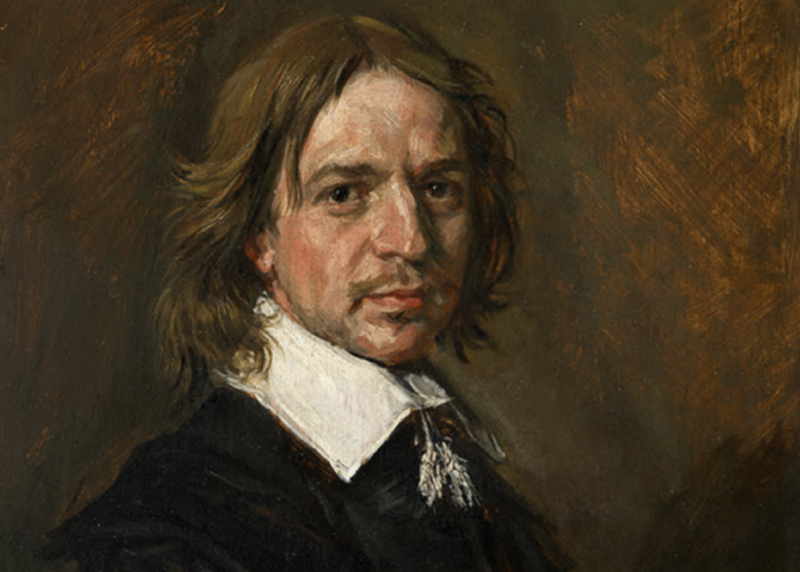New Tactics in the Battle Against Forgeries

This Frans Hals painting was sold by Sotheby’s in 2011, but later proved to be fake. The auction house refunded the buyer £8.5 million when the fraud was discovered. Image retrieved from ft.com.
As recently reported in the Financial Times, art experts are finding new ways to combat art forgeries, which plague the vast and unregulated global art market. In recent years, specialists who authenticate works have faced liability claims, lengthy legal battles, and even death threats when decisions run counter to owners’ interests.
One remedy for this dilemma is the International Catalogue Raisonné Association (ICRA), a newly formed not-for-profit organization established at the Royal Academy of Arts in London. The ICRA provides legal advice and authentication resources, and creates a forum in which experts can safely exchange ideas.
Technology provides another important resource for art experts. New scientific methods, including x-ray analysis, are highly effective at detecting forgeries. Sotheby’s, for instance, has established an in-house laboratory to authenticate major works, following a legal battle over the sale of a fake Frans Hals painting for £8.5m in 2011.
Scholars who have joined the ICRA emphasize the importance of authenticating an artist’s body of work in a comprehensive and rigorous catalogue raisonné. While no method is entirely fool-proof, new resources and tools in conservation laboratories will certainly strengthen forensic and scholarly research, and perhaps limit the number of fakes entering the market.
For more on this story, read here.